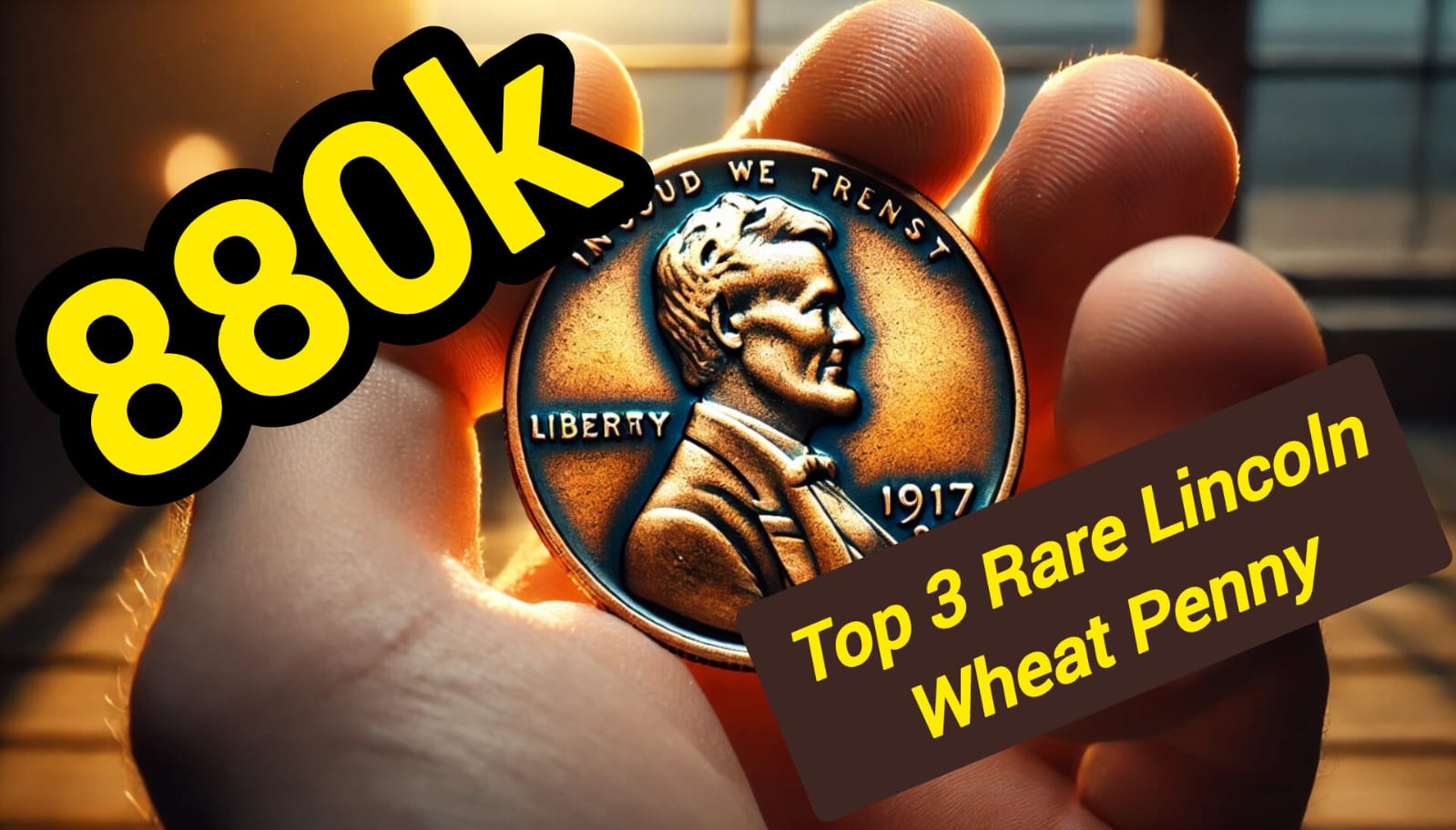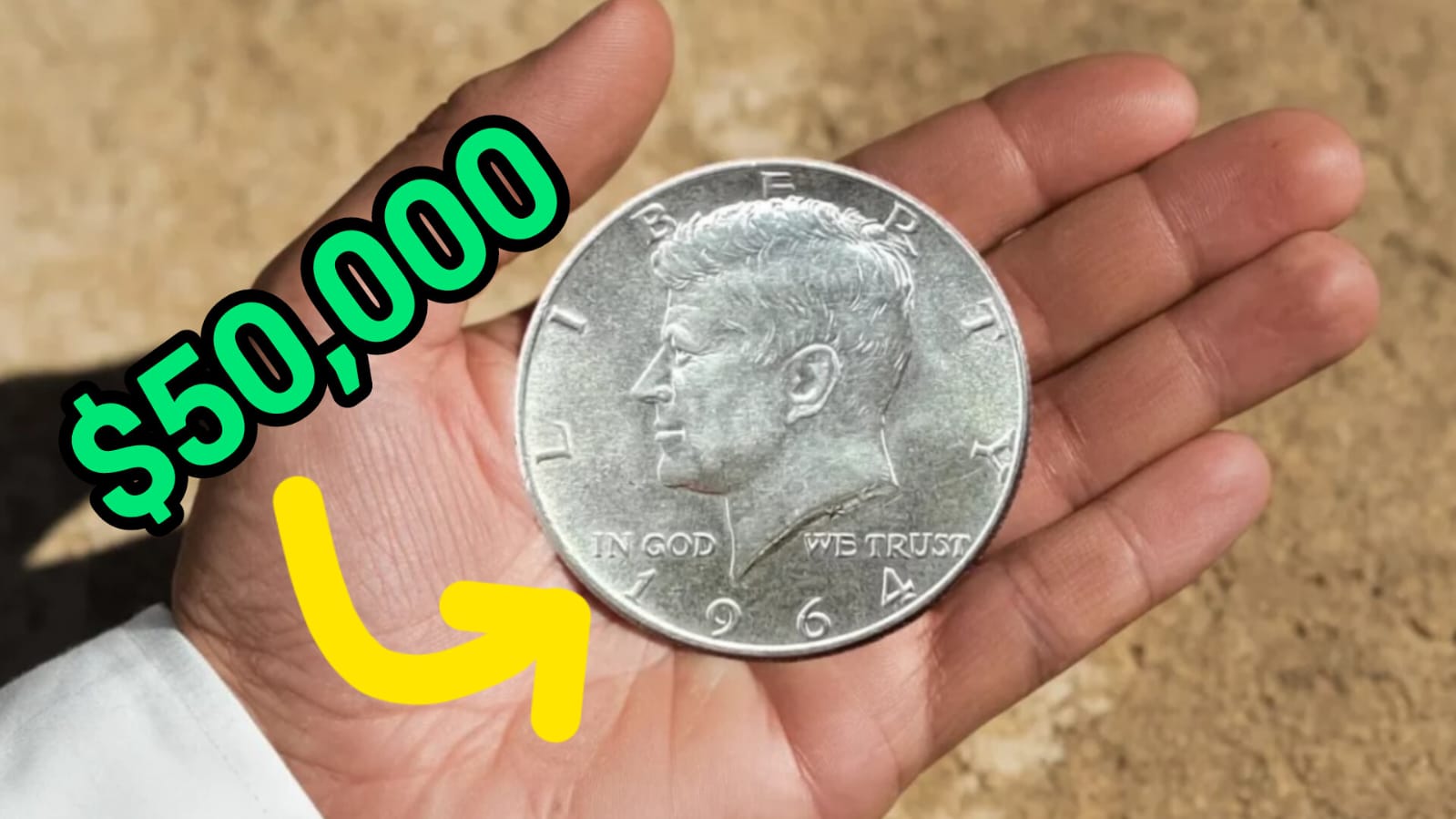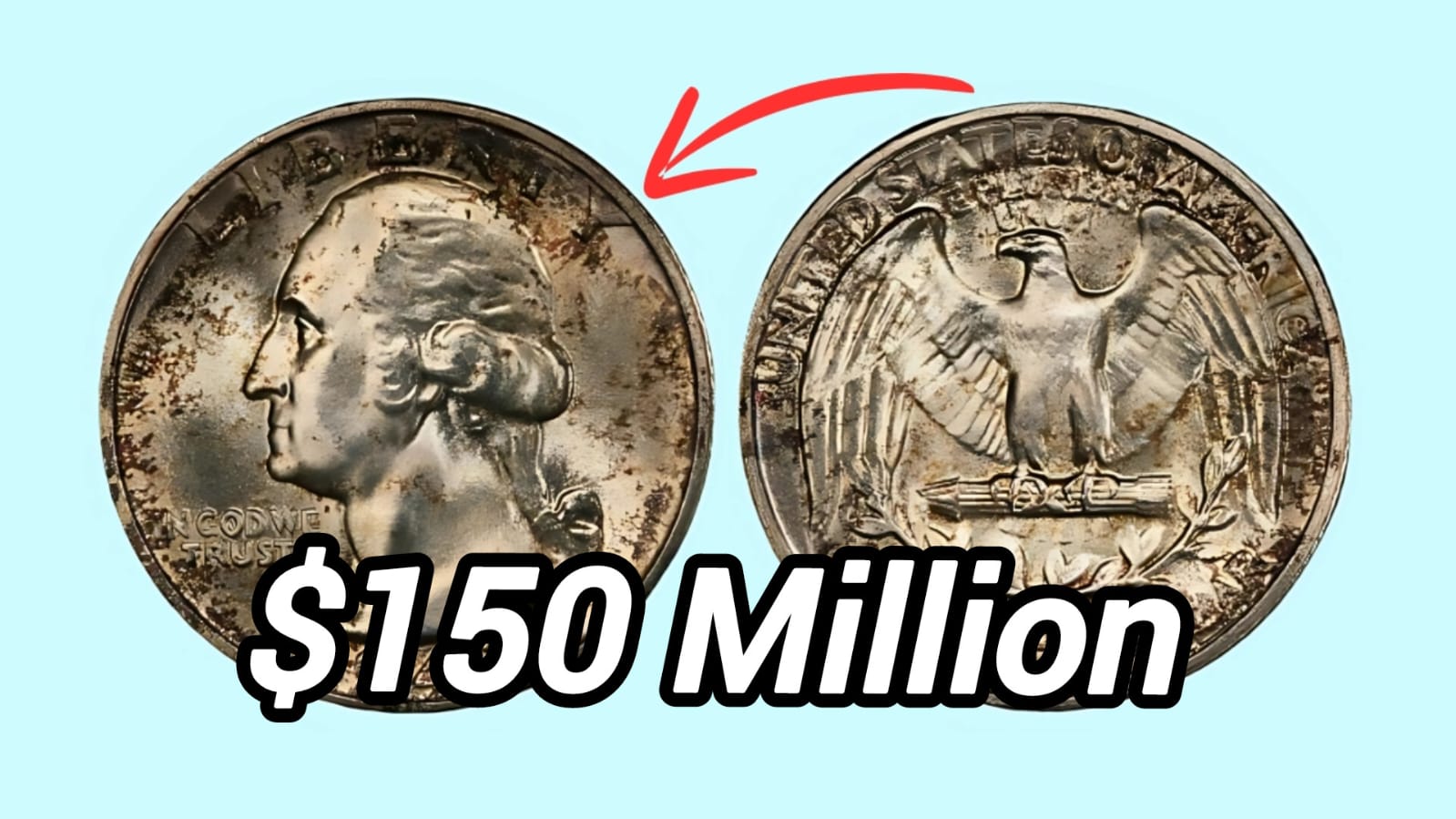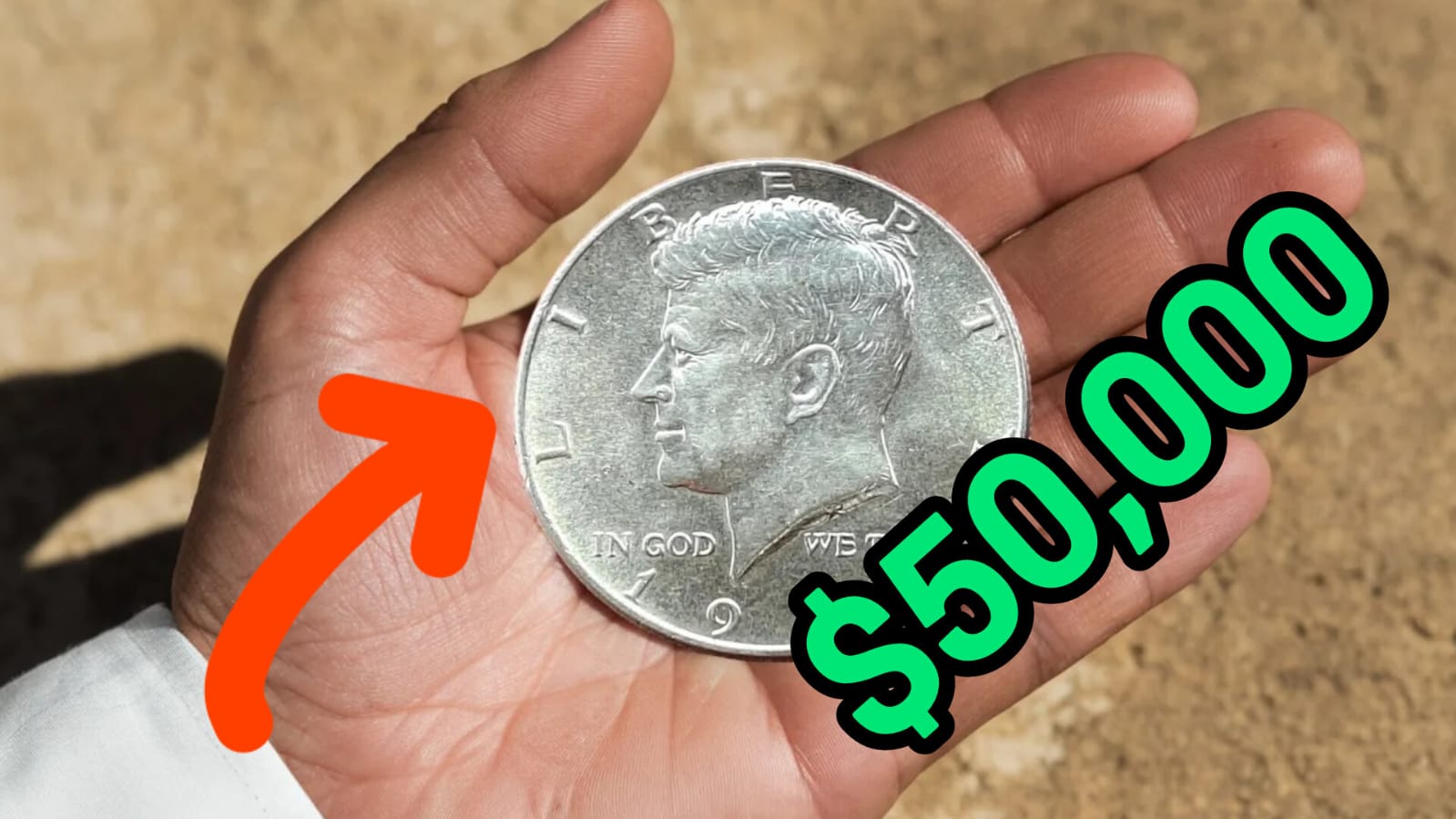Lincoln Wheat Penny: Have you ever flipped through your spare change and wondered if any of those pennies might be worth more than just one cent? While most of us toss our loose change without a second thought, certain rare Lincoln Wheat Pennies could potentially be worth hundreds of thousands of dollars to collectors.
The numismatic world is buzzing about wheat pennies valued at up to $880,000, and the most fascinating part? Some of these treasures might still be circulating in everyday transactions, hiding in plain sight.
In this article, I’ll dive into the fascinating world of rare Lincoln Wheat Pennies, explore what makes certain specimens worth a small fortune, and help you identify if you might be holding one of these copper treasures.
So before you cash in that jar of pennies at the bank, you might want to take a closer look – your retirement fund could be hiding among those humble coins!
The Lincoln Wheat Penny: A Brief History
The Lincoln Wheat Penny, produced from 1909 to 1958, holds a special place in American numismatic history. Designed by Victor D. Brenner to commemorate Abraham Lincoln’s 100th birthday, these coins feature Lincoln’s profile on the obverse (front) and two wheat stalks framing the words “ONE CENT” on the reverse – giving them their popular “Wheat Penny” nickname.
For nearly five decades, these copper coins jingled in Americans’ pockets, paid for candy at corner stores, and filled penny loafers across the nation.
But today, certain specimens have transformed from everyday currency into highly coveted collectibles worth thousands – or even hundreds of thousands – of dollars.
What makes these particular pennies so valuable isn’t just their age. It’s a perfect storm of factors: rarity, historical significance, minting errors, and condition.
Like fine wine, these coins have appreciated dramatically over time, with the most exceptional examples commanding prices that would make even seasoned collectors do a double-take.
The Top 3 Most Valuable Lincoln Wheat Pennies
Let’s explore the three most valuable Lincoln Wheat Pennies that could potentially still be found in circulation:
1. The 1943 Bronze Penny: The Holy Grail
Estimated Value: $840,000 – $880,000
During World War II, copper was needed for the war effort, so the U.S. Mint switched to zinc-coated steel for pennies in 1943. However, a few copper planchets (coin blanks) from 1942 accidentally made their way into the production line, resulting in the extremely rare 1943 copper penny.
Only about 20-30 of these pennies are known to exist across all three mints (Philadelphia, Denver, and San Francisco), making them among the rarest and most valuable U.S. coins. The 1943-D (Denver) bronze penny is the rarest, with just one known to exist.
A pristine specimen sold at auction in 2021 for an astounding $840,000, with current estimates valuing it up to $880,000 in mint condition. Even in more modest condition, these pennies command six-figure prices.
To identify a genuine 1943 bronze penny:
- It should have the date 1943
- It should NOT stick to a magnet (unlike the steel pennies)
- It should weigh approximately 3.11 grams
- It should have a distinctive copper color rather than the silvery appearance of the steel cents
2. The 1944 Steel Penny: The Reverse Error
Estimated Value: $400,000 – $1,100,000
In 1944, the Mint switched back to using copper for pennies. However, in a reverse of the previous year’s error, a few steel planchets from 1943 were accidentally used, creating the rare 1944 steel penny.
With fewer than 30 known examples, finding a 1944 steel cent could bring a windfall of up to $1,100,000, depending on condition and mint mark. Unlike the copper 1944 pennies, these will stick to a magnet and have a silvery appearance.
The 1944-S (San Francisco) steel penny is particularly valuable, with only two known examples. One of these sold for $408,000 in August 2021, demonstrating the incredible value these error coins can command.
3. The 1955 Doubled Die Obverse: The Famous Error
Estimated Value: $1,000 – $224,000
This famous error occurred when the die used to strike the coins was improperly made, causing a noticeable doubling effect on the obverse (front) side. The doubling is most visible in the date, the word “LIBERTY,” and the motto “IN GOD WE TRUST”.
Approximately 20,000-24,000 of these error coins entered circulation before the mistake was discovered, making them rare but not impossible to find. Values range from $1,000 for worn examples to around $224,000 for pristine specimens.
The 1955 Doubled Die is one of the most famous die varieties in U.S. coinage and is easily spotted by the naked eye, making it a favorite among collectors and casual coin hunters alike.
| Rank | Penny | Key Features | Estimated Value Range |
|---|---|---|---|
| 1 | 1943 Bronze | Copper instead of steel, doesn’t stick to magnet | $840,000 – $880,000 |
| 2 | 1944 Steel | Steel instead of copper, sticks to magnet | $400,000 – $1,100,000 |
| 3 | 1955 Doubled Die | Visible doubling on date and lettering | $1,000 – $224,000 |
How to Identify Valuable Lincoln Wheat Pennies
Now that you know which pennies to look for, here are some tips to help you identify potentially valuable specimens:
Check the Date and Mint Mark
The date appears on the obverse (front) of the coin, while the mint mark (if present) can be found on the obverse below the date. Coins from Philadelphia often have no mint mark, while those from Denver have a “D” and those from San Francisco have an “S”.
Examine for Errors and Varieties
Use a magnifying glass to look for doubling, off-center strikes, or other unusual features. The 1955 Doubled Die is the most famous, but there are many other valuable error coins in the wheat penny series.
Test with a Magnet
This is particularly important for 1943 and 1944 pennies. A 1943 penny that doesn’t stick to a magnet might be the valuable bronze variety, while a 1944 penny that does stick could be the rare steel version.
Assess the Condition
Coin condition dramatically affects value. Numismatists use a 70-point scale, with higher numbers indicating better preservation. Even common wheat pennies in pristine condition can be worth more than their face value.
Conclusion
The world of rare Lincoln Wheat Pennies offers a fascinating blend of history, artistry, and the thrill of the hunt. While finding an $880,000 penny might be a long shot, these valuable coins do occasionally turn up in unexpected places.
The next time you receive change or come across an old jar of coins, take a moment to examine those pennies carefully – you never know what treasures might be hiding in plain sight!
Remember, the value of these coins extends beyond their monetary worth. Each one represents a piece of American history, a tangible connection to the past that you can hold in your hand.
Whether you’re a serious collector or just curious about what might be in your change jar, the search for rare wheat pennies adds an element of excitement to everyday life. Happy hunting!
FAQs About Rare Lincoln Wheat Pennies
1. How can I tell if my 1943 penny is the valuable bronze version? A genuine 1943 bronze penny will not stick to a magnet (unlike the common steel version), will weigh approximately 3.11 grams, and will have a distinctive copper color. Be cautious of counterfeits, as some people copper-plate steel pennies or alter the dates on 1948 pennies to try to pass them off as the rare 1943 bronze variety.
2. Are all wheat pennies valuable? No, most wheat pennies are worth only a few cents above face value. However, certain dates, mint marks, and error varieties can be worth substantially more. Even common wheat pennies in uncirculated condition can command a premium over face value.
3. Should I clean my old pennies to make them look better? Absolutely not! Cleaning coins can significantly reduce their value to collectors, who prefer original surfaces even if they show some toning or wear. If you believe you have a valuable coin, consult with a professional numismatist before doing anything that might damage it.
4. Where can I get my rare penny authenticated? Professional coin grading services like PCGS (Professional Coin Grading Service) or NGC (Numismatic Guaranty Corporation) can authenticate and grade your coin for a fee. For potentially valuable specimens like the 1943 bronze penny, professional authentication is essential.
5. Is it legal to own error coins like the 1943 bronze penny? Yes, it’s completely legal to own error coins, including the 1943 bronze penny. While some experimental patterns and trial pieces may be claimed by the government, error coins that were legitimately released into circulation are legal to own and trade.
Get Up to $890 Centrelink Bonus Payment in 2025: Check Eligibility
Most Rare Lincoln Wheat Penny Valued at $56 Million, Do You Have One?



